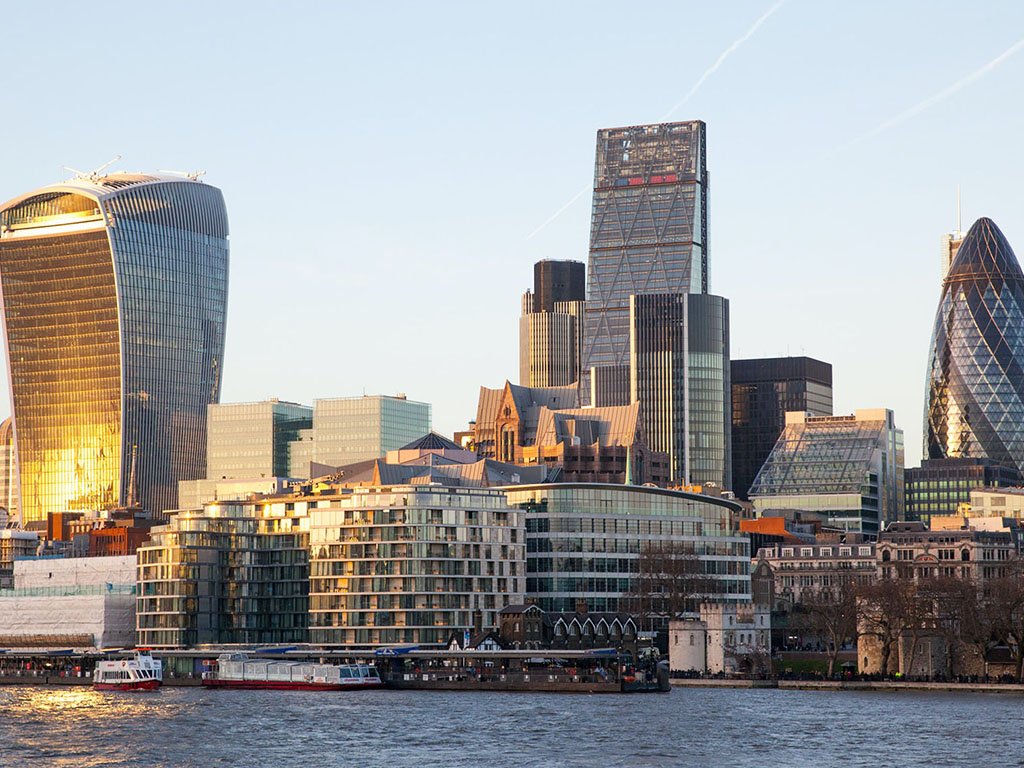
London is set to bounce back ‘very, very strongly’ in the third quarter of this year but should plan recovery events to lure back its temporarily dwindled population, avoid knee-jerk planning responses to its ailing high streets and instead treat them like ‘market stalls’ that are able to respond and adapt at pace.
Those were some of the key views to emerge from State of the Market – the first webinar session of this year’s LREF Investment Summit on Monday morning.
Deloitte’s Debapratim De said the UK economy had had ‘an incredibly difficult time’ as a result of the COVID-19 pandemic, but that although the firm is predicting a double-dip recession and London has borne the brunt there will be a ‘modest pick up in the second quarter followed by a ‘very, very strong recovery in the third’.
A poll of business leaders, he added, revealed that from 5% of people remote working in the UK rising to a peak of 47% is expected to settle down at 27% for the next five years – a ‘significant change’.
LSE’s Tony Travers said London tends to go further into recessions and then come out faster but that hundreds of thousands had left the capital, albeit probably on a temporary basis. ‘My own hunch is that the powerful – i.e. the people at the top of businesses and institutions – and the young will return at scale.’ But the recovery of the central activities zone has big implications since it is the most productive part of the UK by some distance and has a reputational impact too as the ‘shop window for the rest of the UK’. London will need ‘reverse messaging’ to get people back to work and boost the economy. ‘There will need to be some kind of welcome back events in city centres, particularly in London, to do with the arts and other public activities that people can enjoy’, social distancing, however, remains the ‘antithesis of city life’. He suggests that public authorities and landowners like the Great Estates will need ‘matchmaking’ to aid the recovery of sectors like retail. We should be careful too, however, to avoid undermining high streets by ‘random planning incursions in the short term, and for London to avoid being ‘levelled down’ while the rest of the country is ‘levelled up’.
Mark Allnutt of Greystar said that the urban flight many talk of was problematic, not least because there isn’t the stock of housing to cater for that mobility. Some regional cities have great attributes, however, but London will come back ‘incredibly strongly’, and will do so more if they attend to a ‘megatrend’ for demand for single person accommodation. ESG is another growing phenomenon, he added, and an important factor in raising capital, driven by the investor towards long term sustainability.
And finally, Emma Cariaga of British Land said that although the developers had planned for a recession in its Canada Water project, they hadn’t for a pandemic. The latest news on the woes of the High Street was very sad but also an acceleration of a trend that will stabilise all the quicker, albeit requiring flexibility and dynamism going forward. ‘The High Street of the future has got to be imagined as if it were a market stall’, she said. ‘We have got to build places and spaces that allow for rapid rearrangement of the deck chairs on a on a daily basis’. There should perhaps be a period of experimentation in this area, Cariaga suggested, with ideas piloted and monitoring to gauge their responses, and allow cities to be ‘the brilliant places we all remember them to be’.
Watch the webinar recording here

